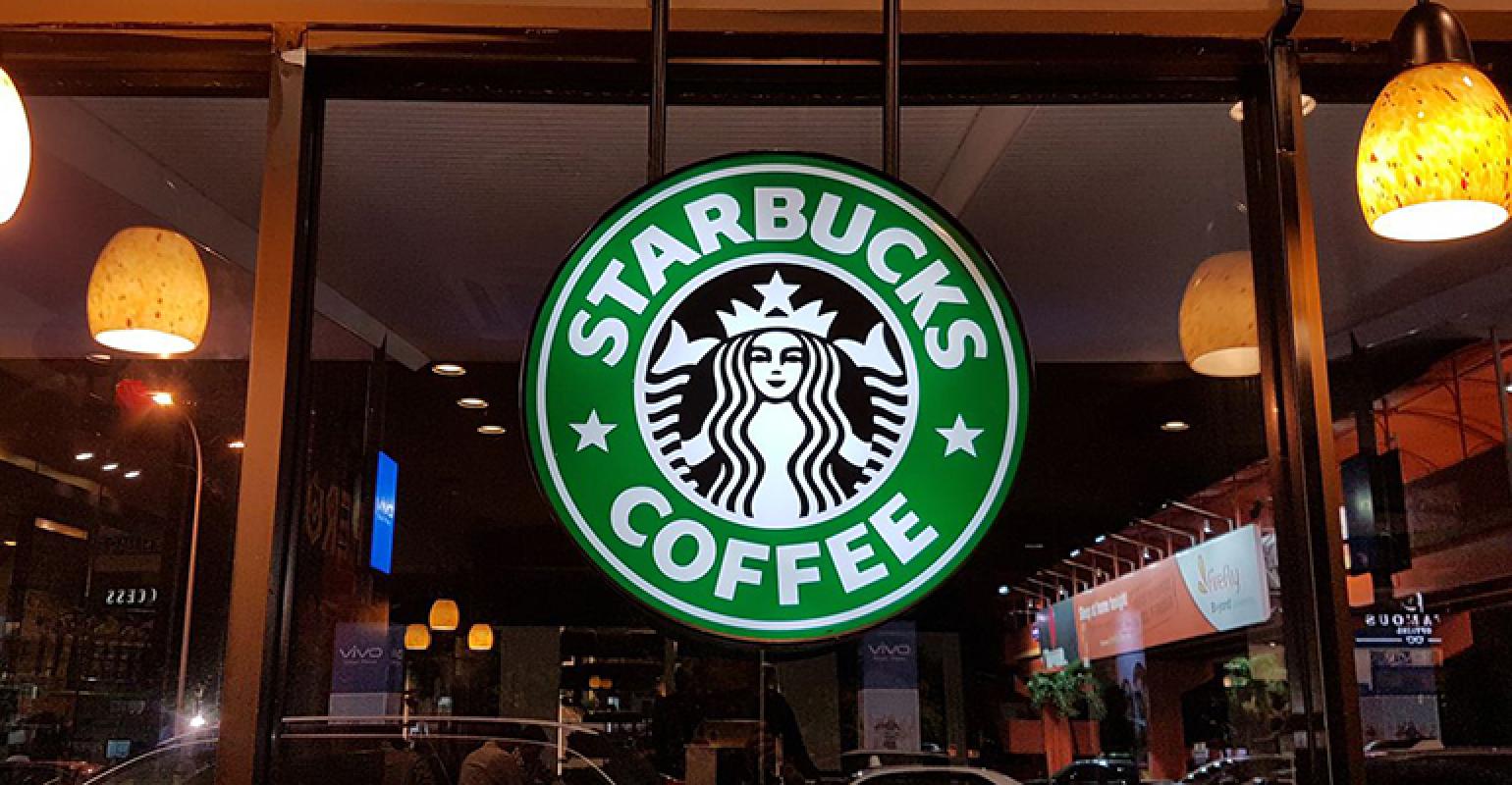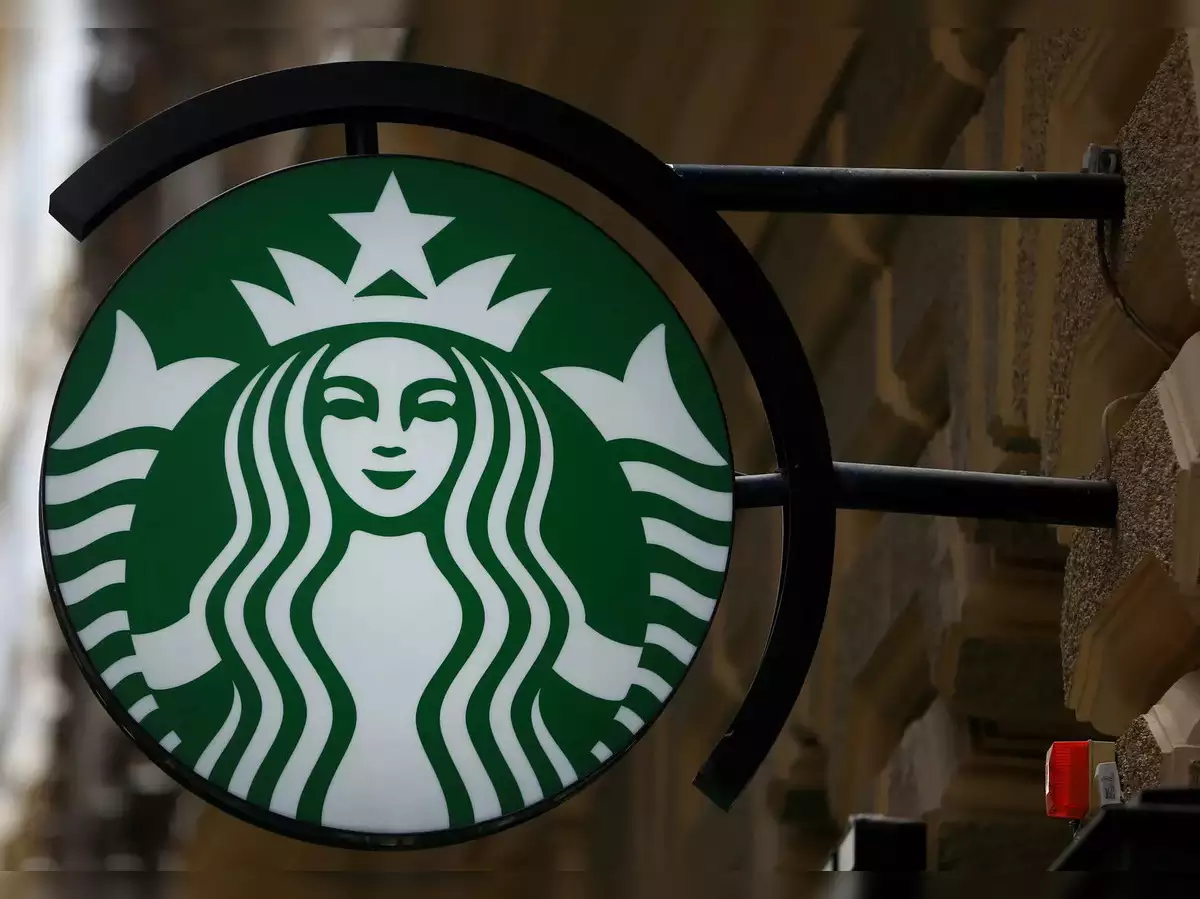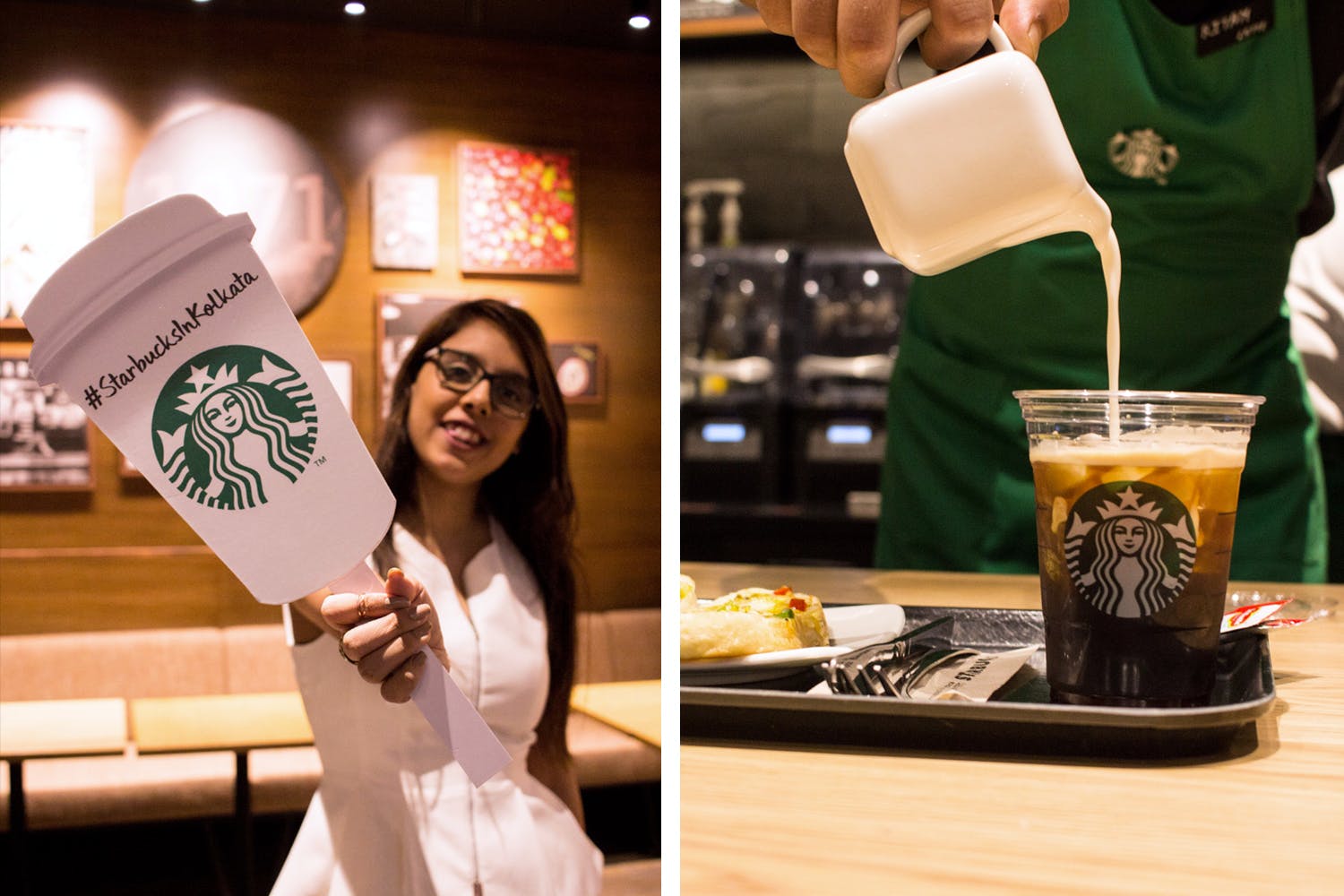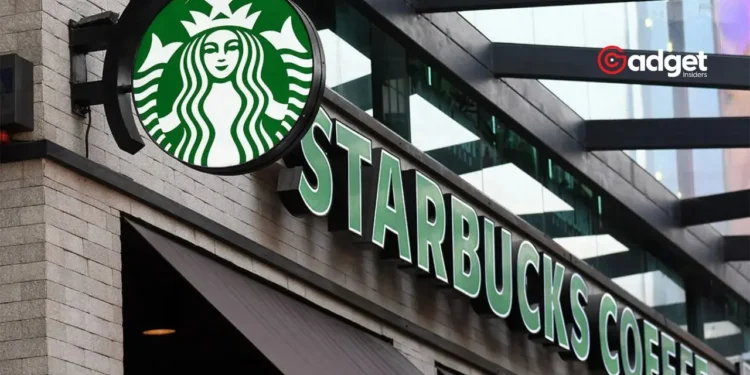Starbucks, the world-renowned coffee behemoth, experienced a sharp 14% drop in stock prices this Wednesday following a notably underwhelming performance in its second-quarter earnings. This marks the company’s first quarterly sales decline since the disruptive COVID-19 shutdowns in 2020, casting a shadow over its recent efforts to rejuvenate growth.

Starbucks: A Closer Look at the Numbers
The Seattle-based corporation reported a decrease in key financial metrics, with revenue falling to $8.6 billion, a 2% year-over-year drop. Adjusted earnings per share also suffered, dipping 8% to $0.68.
The downturn was echoed in global same-store sales, which saw a 4% decline from the previous year. This slump was driven by a 6% reduction in transactions, only slightly mitigated by a 2% rise in average ticket size.

Struggling to Attract Customers
Despite innovative attempts to draw customers—including the introduction of lavender lattes, which CEO Laxman Narasimhan noted performed nearly as well as the iconic Pumpkin Spice Latte—the efforts seem to have fallen flat.
In North America and the U.S., same-store sales were down 3%, with foot traffic decreasing by 7%, although ticket sizes grew by 4%.
To improve engagement, Starbucks is set to enhance its promotional strategies on its app, which accounted for 31% of all Q2 transactions in the U.S. However, the number of active loyalty members decreased to 32.8 million from 34.3 million in the previous quarter, indicating a potential disinterest or dissatisfaction among its customer base.
Operational Challenges and Future Directions
One significant issue highlighted by Narasimhan is the operational speed. Many customers reportedly abandon their app orders due to excessive wait times or product unavailability. In response, Starbucks is escalating its supply chain investments to boost product availability and streamline service.
This is what the Starbucks $SBUX CEO said was the reason for their earnings miss… but apparently they “have a plan”
What do you think about this? pic.twitter.com/WJHjkAHJOm
— Rensing Trades (@RensingTrades) May 2, 2024
The company also plans to expand its menu with innovative offerings such as boba tea-like pearls, zero to low-calorie energy drinks, and an increased range of sugar-free syrups, aiming to cater to a broader spectrum of tastes and dietary preferences.
International Struggles and Market Adjustments
Internationally, the picture remains bleak with a 6% drop in same-store sales. Similar to its competitor McDonald’s, Starbucks attributed part of this downturn to the ongoing conflict in the Middle East affecting its sales.
Furthermore, China, a crucial market for Starbucks, witnessed a significant decline with an 11% drop in same-store sales.
Amid these challenges, Starbucks has adjusted its 2024 outlook for the third time this fiscal year, now anticipating global revenue growth in the low single digits, a stark decline from previous expectations.

Looking Ahead
As Starbucks navigates a “highly challenged environment,” marked by decreased customer visits and global market volatility, the company’s strategic adjustments in the coming months will be crucial.
With both domestic and international markets showing signs of fatigue, the coffee giant’s ability to innovate and adapt could be key to weathering the current economic storm.










